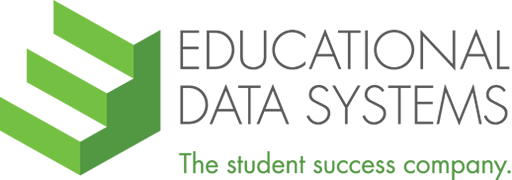viagra her responseDiagnostic Information As a district or school site administrator, you may be tasked with looking at how your assessment system is working to improve instruction and whether your teachers are using the data provided by the system. To check if a “tune-up” of your local assessment system is needed, consider surveying teachers for specific information that allows for positive change. Here are some topics to guide data collection efforts.
- Formative assessments. By now, everyone has heard about the potential for formative assessment to improve student learning. Ask your teachers whether the formative strategies that are supported by the district are working well. If so, what factors contribute to success? If not, ask for specifics about how the plan has gone wrong. If the assessment data cannot be used to improve instruction and learning, a system warning light should be flashing.
- Sources of assessment questions. Ask teachers about how they develop the assessments they are using, and you may learn where to focus scarce resources. Perhaps the district is purchasing item bank access that has limited usefulness or curricular materials that do not provide adequate formative items. If teachers are developing their own questions, you may need to provide training about how to write strong assessment items that are aligned with local content standards.
- Assessment-related professional development. Are your teachers comfortable with using the information they receive from assessments, or do they feel like they are drowning in pointless data? Have they noticed a glaring assessment problem that needs to be addressed with training? What is (or is not) going well with assessment-related professional learning communities (PLCs)? Let your teachers help you pinpoint the professional development they need.
Survey Development Tips Once you have decided which type of information you need, ask your survey questions in ways that follow good survey principles ([i]). The more focused and specific the questions, the more likely it is that the responses will point toward action items. Thanks to technology, there are many options for surveying teachers. Many student information systems have survey functions. Pen-and-paper surveys still work well and may be easier to distribute and collect, for instance, during a faculty meeting. Informal data collection methods, such as having conversations with teachers, can be useful as long as you are systematic about recording with whom you talked and how they responded. If you only ask some people or only take note of some responses, you will not have complete data and teachers will be less likely to see the results as valid.
Data Analysis and Follow-Up You do not need to hire a consultant to tell you what your diagnostic information means. Frequency tables in a standard spreadsheet provide useful summaries for multiple choice or Likert scale questions. Reviewing the answers to open-ended questions will show you the range of teacher responses as well as the depth of feeling about the subject. Response patterns will provide the diagnostic information that will allow you to tune up your local assessment system. No one enjoys spending energy on making thoughtful replies to a survey only to realize that the responses were never put to good use. Let your teachers know how you intend to use their responses and then follow through. Keep communication channels open as you discover ways to improve your local assessments and to help your teachers use the data. As a bonus, your teachers will be contributing to the improvement process.
[i] Center for Innovation in Research and Teaching, “Writing Survey Questions,” (blog), Grand Canyon University, 2017, https://cirt.gcu.edu/research/developmentresources/research_ready/designing_surveys/writing_questions

